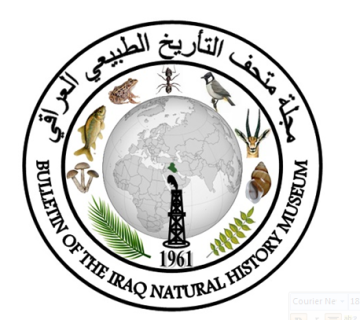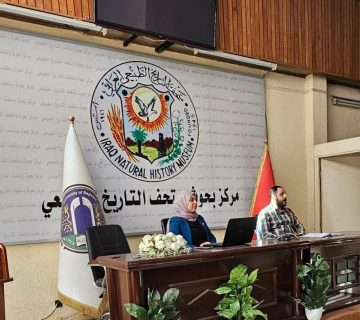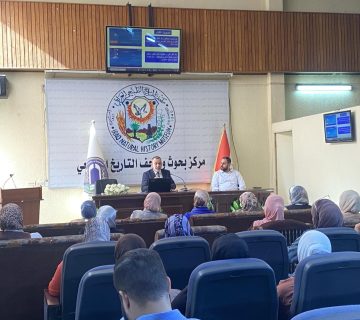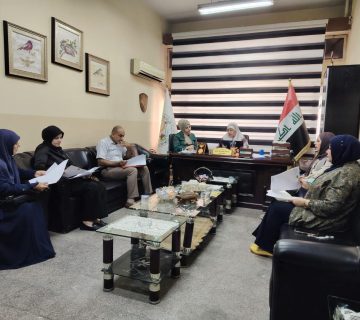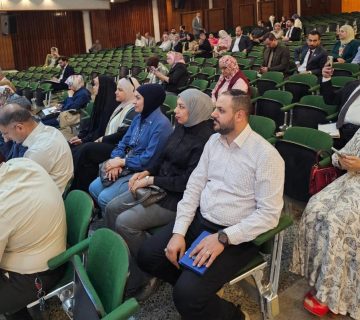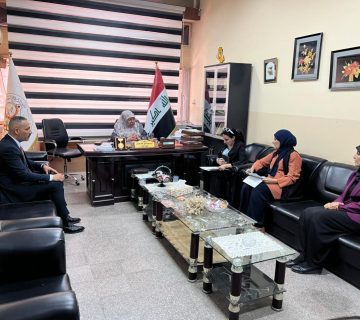Iraq’s breathtaking landscapes, from the shimmering rivers of Tigris and Euphrates to the endless desert expanses and fertile plains, are cradles to an astounding diversity of life. Among these treasures are over 400 bird species, both resident and migratory, that grace the Iraqi skies. Yet, the arrival of migratory birds, particularly during the waterfowl season, also brings a dark side – the threat of hunting.
A Sanctuary Under Siege:
As Assistant Lecturer Khalida Ibrahim Hassoun shed light in her workshop titled “Endangered Birds in Iraq and Their Hunting,” we learned about the perilous situation faced by some of these feathered wonders. Pheasants, geese, ducks, and others, drawn by the warmth of Iraq during the migration season, become targets for hunters waiting with guns poised.
The Urgency of Action:
This practice poses a grave threat to Iraq’s ecological balance and the very survival of certain bird species. Several species, including the Eastern Imperial Eagle, the Egyptian Vulture, and the Basra Reed Warbler, are classified as endangered or vulnerable by the International Union for Conservation of Nature (IUCN). Each shot fired echoes with the potential to silence their songs forever.
Beyond the Shadows:
The fight to protect Iraq’s avian heritage demands a multi-pronged approach. Raising awareness amongst communities, implementing stricter regulations, and fostering sustainable hunting practices are crucial steps. Workshops like Ms. Hassoun’s play a vital role in educating the public about the importance of bird conservation and the devastating consequences of unchecked hunting.
Hope Takes Flight:
By understanding the threats facing Iraq’s endangered birds and by taking steps to protect them, we can ensure that future generations can witness the skies filled with the vibrant songs and dazzling plumage of these avian ambassadors. Through collaborative efforts, we can transform the dark shadow of the hunt into a canvas of hope, where Iraq’s birds can soar to a brighter future.
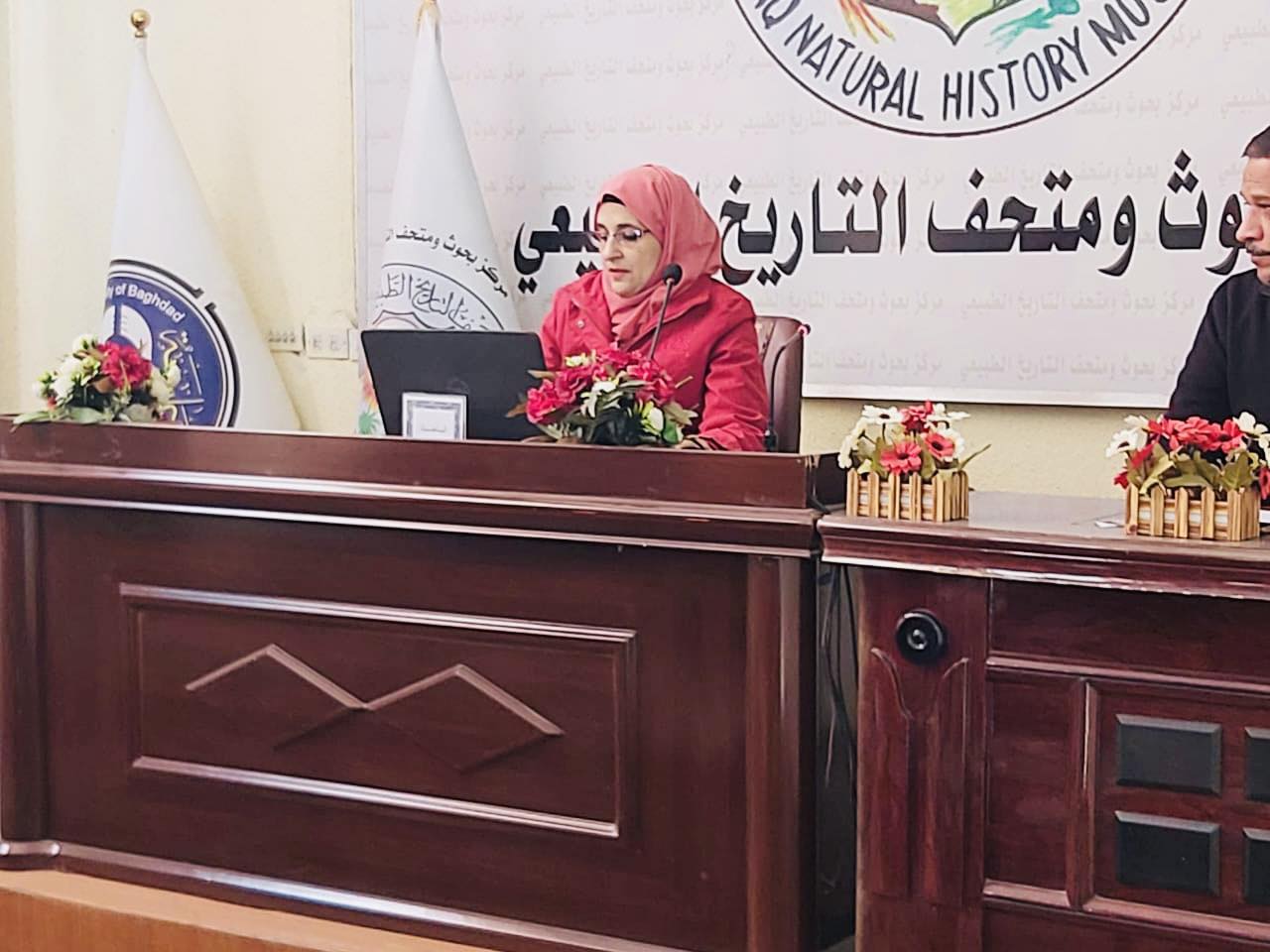
Comments are disabled.

